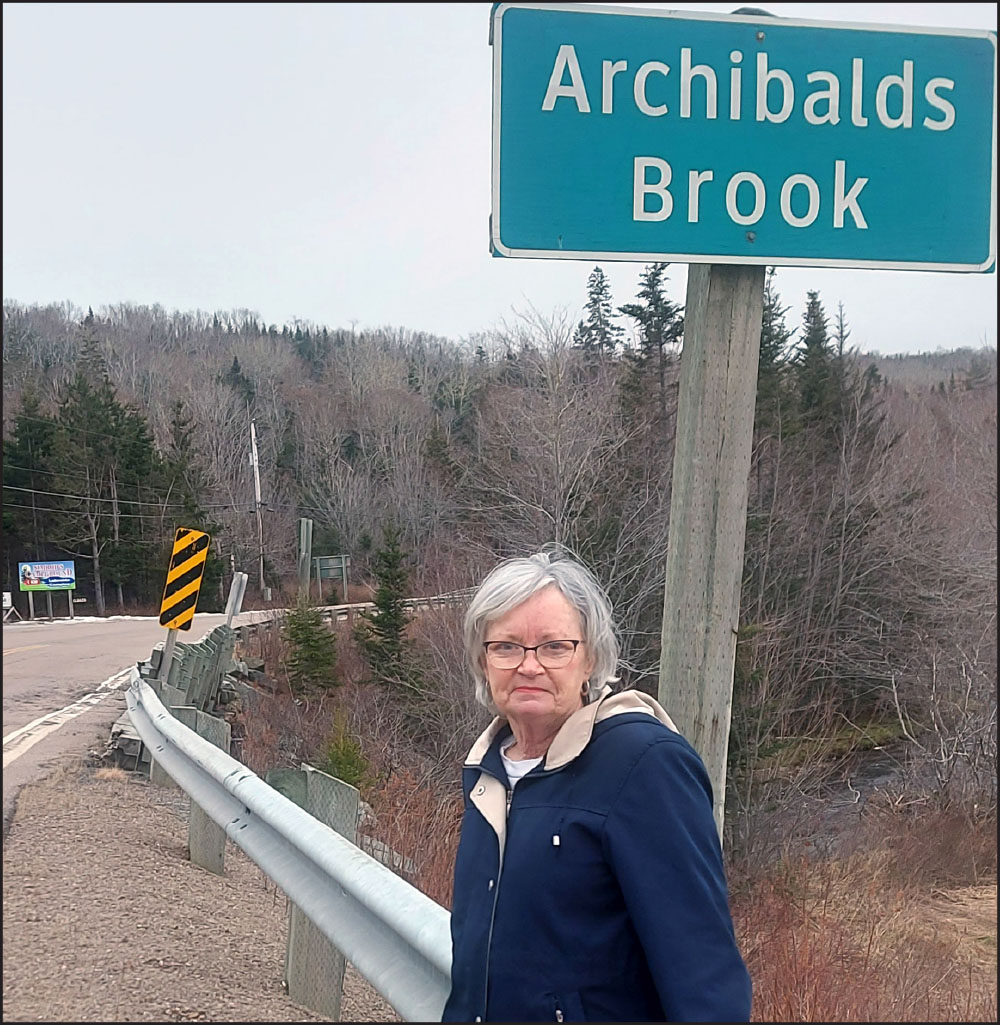SHERBROOKE – With protected status granted to 20 more sites across the province last week, one community leader here sees hope for what he calls the “sanctuary of the enlightened,” provided government continues to listen to its constituents.
“I embrace any long-term action the province undertakes to protect our lands for all the peoples of our province,” says Neil Black, chair of the Sherbrooke-based Rural Institute of Culture Heritage and Environmental Sustainability (RICHES), adding: “Government must react to the people of the Eastern Shore.”
Black’s comments came following news that the province has proposed an 82-hectare addition to the Eastern Shore Islands Wilderness Area (ESIWA). The new parcel on Gerrard Island, southeast off the coast of Sheet Harbour, “is bordered by properties which have been secured and protected by the Nova Scotia Nature Trust as part of its 100 Wild Islands conservation initiative,” according to the site map.
“Adding this to Eastern Shore Islands Wilderness Area supports efforts by multiple partners to secure and protect islands and certain headlands along the Eastern Shore and to provide opportunities for Nova Scotians and visitors to experience this wild coast.”
The ESIWA comprises 400 provincially-owned islands, extending from Clam Harbour in Halifax Regional Municipality to the mouth of the St. Mary’s River. “They form a large part of a world-class archipelago of coastal islands, and boast an impressive diversity of coastal features and habitats,” the site map says.
They also have “exceptional tourism and coastal recreation value. This is a destination for sea kayaking, sailing, coastal hiking, camping and seabird hunting. Wilderness area designation recognizes the importance of the islands for both conservation and recreation.”
This is [a] key, says Black, who is also chair of Heritage Goldenville Society: “There [must be] clear consultation with the people who live, work and are stewards here.”
RICHES, a publicly funded teaching and learning centre founded two years ago at Historic Sherbrooke Village, has more than a passing interest in St. Mary’s coastal environs. The organization’s goals include becoming “a centre for excellence for regenerative rural tourism in Nova Scotia” and conducting “research to implement best practices for sustainable living in rural communities, landscapes and seascapes.” Among its main priorities is figuring out how to simultaneously support both eco-tourism and ecosystems.
The goals are not mutually exclusive, says Bonnie Sutherland, executive director of the Nova Scotia Nature Trust. “The 100 Wild Islands is an excellent example of where government and land trust conservation efforts provide complementary roles. By protecting ecologically rich and beautiful natural areas like the 100 Wild Islands, local communities also benefit from essential ecological services such as protecting coastlines from climate change impacts like severe flooding and erosion.”
She added: “They also benefit from protected natural spaces for recreation, mental and physical health benefits through protected nature close to home, and communities can leverage protected areas like the 100 Wild Island for their own economic and community development through initiatives such as ecotourism and healthy coastal ecosystems to maintain their traditional sea-based livelihoods.”
Government’s move last week – which, in addition to ESIWA, included protections for sites from Cumberland County to Cape Breton Regional Municipality – is part of an extended plan to achieve 13 per cent land protection across the province. “Although we are a small province, Nova Scotia continues to be a leader in land protection,” Environment Minister Gordon Wilson stated in the announcement. “I’m very pleased to move these sites forward for protection and achieve our land protection goal.”
Sutherland thinks the province can go even further. “The fact that the province has proposed new protected areas that will reach the 13 per cent goal is very exciting and should be applauded,” she says. “At the same time, climate change and the biodiversity crisis continue to worsen, and the scientific evidence is now clear that we need to protect significantly more. The widely accepted global target is to protect 30 per cent of land by 2030, and both Canada and the U.S. have now made this ambitious but critical commitment.”
To Black, it’s certainly a step the right direction for, as he says, “this geographical jewel known as the Wild Islands, provided Government reacts to the needs and desires of our wonderful part of Nova Scotia, [to be] the sanctuary of the enlightened.”








